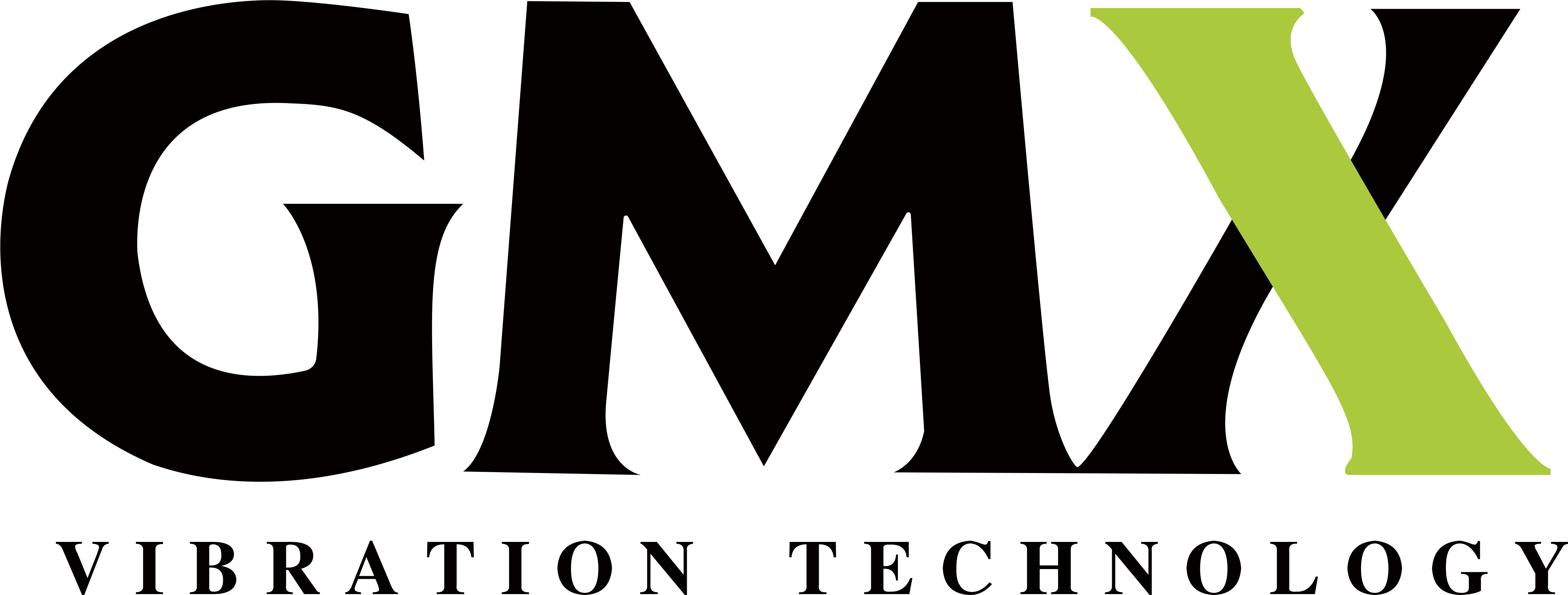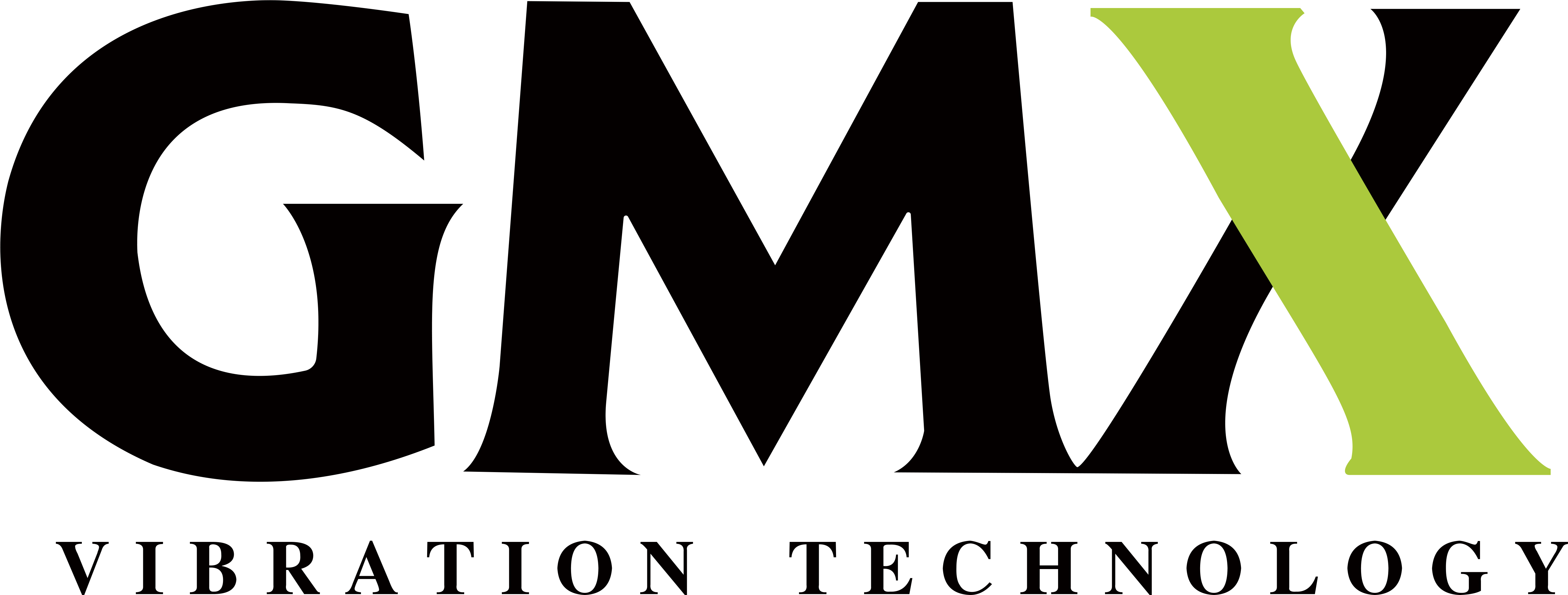Vibrating feeder conveyors are transforming industrial processes by streamlining material handling, reducing operational costs, and enhancing productivity. These versatile systems are critical in industries like mining, food processing, and pharmaceuticals, where precision and efficiency are paramount. By leveraging advanced technologies such as IoT, energy-efficient designs, and self-cleaning mechanisms, vibrating feeder conveyors deliver unparalleled performance. In 2025, as industries embrace automation and sustainability, these systems are becoming indispensable. This article explores how vibrating feeder conveyors boost efficiency, their applications, and why GMX leads the market with innovative solutions.
Understanding Vibrating Feeder Conveyors
Vibrating feeder conveyors are specialized machines that use controlled vibrations to transport and feed materials along a trough or conveyor surface. These vibrations, generated by electromagnetic or mechanical drives with eccentric weights, create a series of small "hops" that move materials forward. The systems are highly customizable, with variable frequency drives (VFDs) allowing precise control over feed rates to suit different materials and throughput needs.
Key Components
- Trough: The surface where materials are transported, often made of stainless steel or wear-resistant materials like AR400 for durability.
- Springs: Absorb vibrations and ensure smooth operation, typically made of high-strength steel or composites.
- Motors: Electromagnetic or mechanical motors drive the vibrations, with power ratings from 0.1 kW to 10 kW.
- VFDs: Enable adjustable feed rates, optimizing efficiency for specific applications.
Types of Feeders
- Electromagnetic Feeders: Ideal for precise dosing in pharmaceuticals or food processing.
- Mechanical Feeders: Suited for heavy-duty applications like mining, handling abrasive materials.
- Bowl Feeders: Used for small parts (e.g., screws, tablets) in manufacturing and assembly lines.
These components and designs make vibrating feeder conveyors versatile, ensuring efficient material flow in diverse industrial settings. By automating material handling, they reduce manual labor and improve workflow consistency.
Boosting Efficiency in Key Industries
Vibrating feeder conveyors are game-changers in industries requiring high-throughput and precise material handling. Their ability to handle a wide range of materials—from abrasive ores to delicate food products—makes them essential for optimizing industrial processes.
Mining: High-Volume Material Handling
In the mining industry, vibrating feeder conveyors are used to feed ores, coal, or aggregates to crushers, screens, or conveyor belts. Capable of handling up to 850 tons per hour (e.g., sand at 100 lbs/cu.ft.), these systems ensure continuous material flow, minimizing bottlenecks. For instance, GMX’s high-capacity feeders, equipped with wear-resistant AR400 steel linings, have been deployed in a South African coal mine, increasing output by 15% by reducing downtime and improving feed consistency. The durability of these feeders, with linings lasting up to 12 months longer than standard steel, cuts maintenance costs significantly.
Food Processing: Gentle and Hygienic Transport
In food processing, vibrating feeder conveyors handle fragile products like snacks, powders, and grains without damage. Stainless steel troughs, compliant with FDA standards, ensure contamination-free production. Quick-clean designs reduce downtime between batches by 50%, as seen in a European bakery using GMX’s hygienic feeders to transport flour and sugar. The gentle vibrations prevent product degradation, while customizable trough sizes accommodate diverse production needs, from small-scale bakeries to large snack manufacturers.
Pharmaceuticals: Precision and Compliance
Pharmaceutical applications demand precision and adherence to Good Manufacturing Practices (GMP). Vibrating feeder conveyors with electromagnetic drives provide accurate dosing of powders and tablets, minimizing waste. For example, a pharmaceutical plant using GMX’s feeders achieved 98% dosing accuracy, streamlining capsule production. Hygienic designs with smooth, crevice-free surfaces ensure compliance with stringent regulations, making these systems ideal for cleanroom environments.
Technological Advancements Driving Efficiency
The efficiency of vibrating feeder conveyors has been revolutionized by cutting-edge technologies that optimize performance and reduce operational costs.
Energy Efficiency
Modern vibrating feeders, such as two-mass systems, use up to 65% less energy than traditional direct-current (DC) operated feeders. These systems rely on natural frequency vibrations, requiring less horsepower to achieve the same throughput. For instance, a mining operation using GMX’s two-mass feeders reported a 20% reduction in energy costs, saving thousands annually. Low-power motors further enhance sustainability, aligning with 2025’s focus on eco-friendly operations.
Automation and IoT Integration
IoT-enabled vibrating feeders allow real-time monitoring of vibration amplitude, feed rates, and equipment health. Predictive maintenance alerts prevent unexpected downtime, with studies showing a 30% reduction in maintenance-related disruptions. AI-driven feed rate optimization adjusts vibrations dynamically based on material properties, improving throughput by up to 10%. GMX’s IoT-enabled feeders, for example, provide remote diagnostics, enabling operators to fine-tune performance from anywhere.
Self-Cleaning Designs
Material buildup and clogging are common challenges in material handling. Modern feeders address this with self-cleaning troughs and high-frequency vibrations (up to 10G). These features dislodge sticky or fine materials, reducing cleaning time by up to 40%. In food processing, smooth troughs prevent residue buildup, ensuring hygiene and minimizing cross-contamination risks.
Overcoming Common Challenges
Despite their advantages, vibrating feeder conveyors face challenges like material clogging, uneven feed rates, and wear in abrasive environments. Advanced solutions have been developed to address these issues, ensuring consistent performance.
Anti-Clogging Solutions
Self-cleaning troughs, often coated with low-friction materials like polyurethane, prevent material buildup. High G-force vibrations dislodge stuck particles, reducing clogging by up to 80%. For sticky materials like wet sand or sugar syrups, inclined troughs (0°–8°) enhance material flow, ensuring steady feed rates.
Wear Resistance
In mining, abrasive materials like coal or iron ore can wear out standard troughs quickly. Wear-resistant linings, such as AR400 steel or polyurethane, extend equipment lifespan by up to 12 months. A case study from an Australian quarry showed that GMX’s polyurethane-lined feeders reduced replacement frequency by 50%, saving significant maintenance costs.
Precise Feed Control
Uneven feed rates can disrupt downstream processes. VFDs allow operators to adjust feed rates with precision, reducing spillage and ensuring consistent material flow. This is particularly critical in pharmaceuticals, where accurate dosing prevents costly errors.
Sustainability and Cost Savings
Vibrating feeder conveyors contribute to sustainability and cost efficiency, making them a smart investment for 2025’s industrial landscape.
Eco-Friendly Designs
Low-energy motors and recyclable trough materials, like polyurethane, reduce environmental impact. Two-mass systems consume 65% less power, lowering carbon footprints. In food processing, quick-clean designs minimize water usage during sanitation, supporting sustainable operations.
Cost Efficiency
The minimal moving parts in vibrating feeders reduce maintenance costs by up to 30% compared to belt conveyors. Quick-clean troughs in food processing cut labor time, while IoT monitoring prevents costly breakdowns. Industry data suggests that businesses adopting modern vibrating feeders achieve a return on investment within 12–18 months due to energy savings and reduced downtime.
Future Trends
The vibrating feeder market is projected to reach USD 3.58 billion by 2030, with a CAGR of 6.85%. AI and machine learning will drive further efficiency, enabling real-time adjustments for varying material properties. For example, AI algorithms can optimize feed rates for wet ores in mining or sticky powders in food processing, boosting throughput by up to 15%.
Why Choose GMX for Vibrating Feeder Conveyors
GMX, headquartered in Shanghai, China, stands out as a global leader in vibrating feeder conveyors. With over 15 years of experience and a 15,000 m² state-of-the-art facility, GMX serves more than 40 countries, delivering customized solutions for mining, food processing, and pharmaceuticals. Certified with ISO 9001:2015 and CE, GMX ensures compliance with international standards. Their IoT-enabled feeders offer predictive maintenance, reducing downtime by 30%, while hygienic designs meet FDA and GMP requirements. GMX’s 24/7 support and rapid delivery make them a trusted partner for businesses worldwide.
To optimize your material handling processes, contact GMX at [email protected] or visit www.gmxvibra.com for tailored vibrating feeder solutions in 2025.
Conclusion
Vibrating feeder conveyors are revolutionizing industrial processes by delivering precision, energy efficiency, and durability. In mining, they streamline high-volume material handling; in food processing, they ensure hygienic, gentle transport; and in pharmaceuticals, they provide accurate dosing. Advanced technologies like IoT, AI, and self-cleaning designs address challenges like clogging and wear, while eco-friendly features support sustainability goals. As the market grows toward 2030, these systems will play a pivotal role in automated industries. Partner with GMX to leverage their innovative vibrating feeder conveyors and boost your operational efficiency in 2025. Contact GMX today at [email protected] or visit www.gmxvibra.com.


